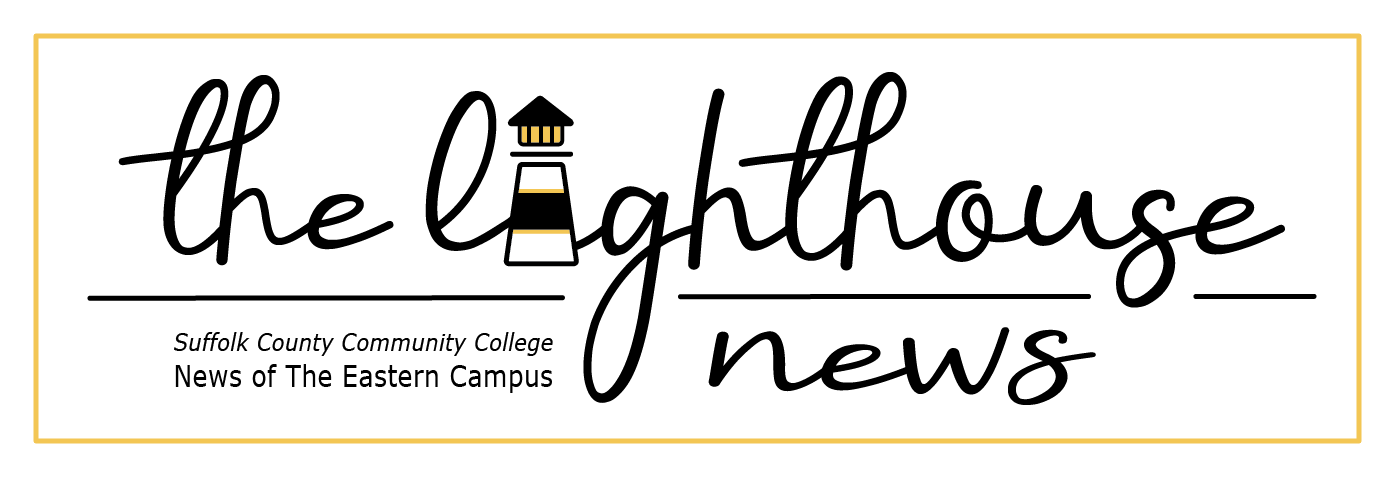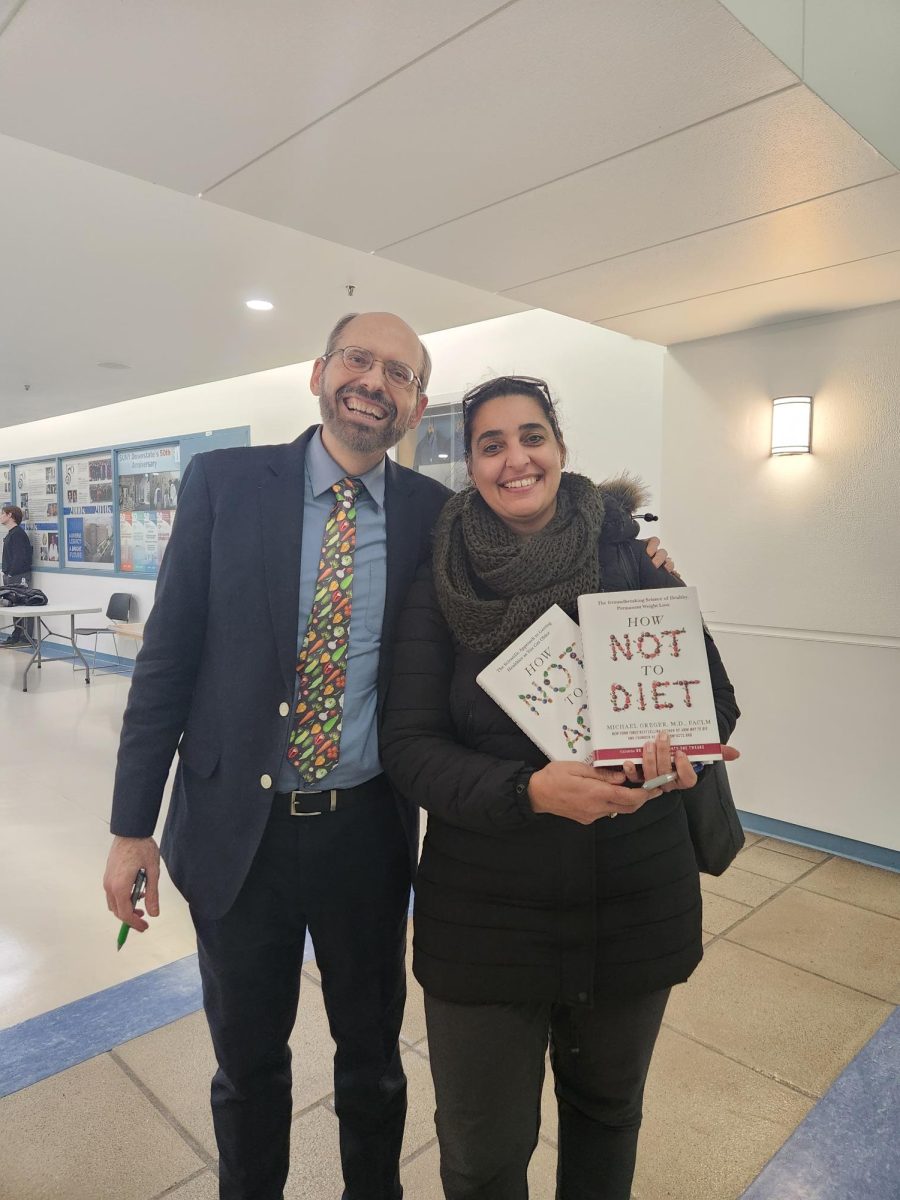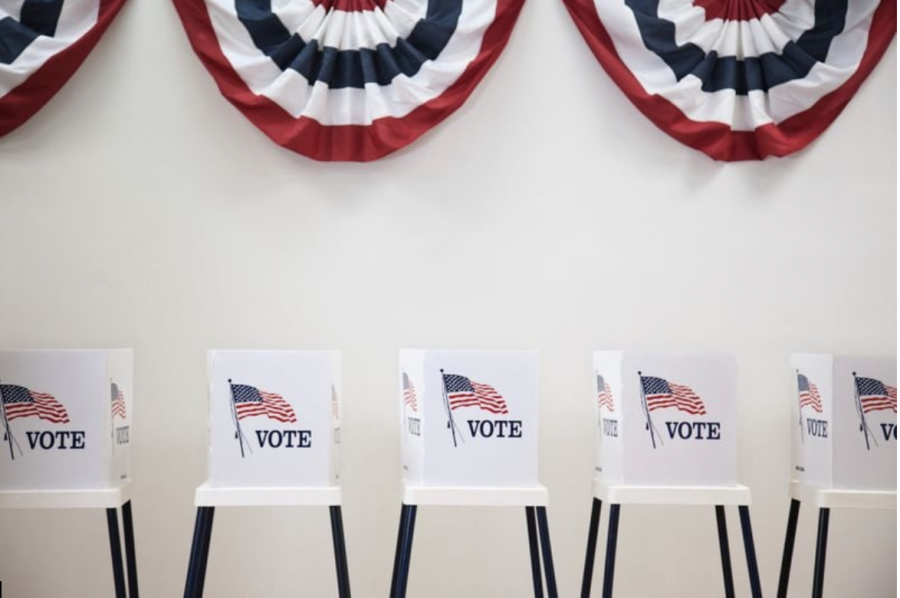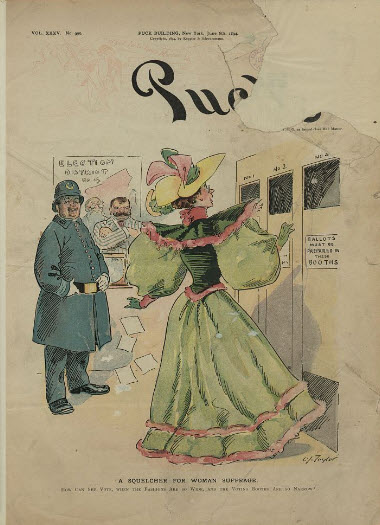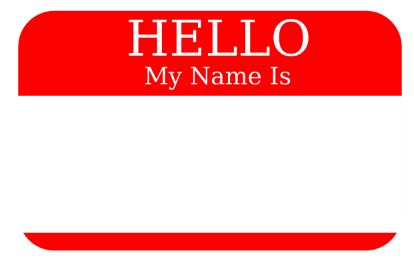My sister was chatting with the cashier, and I was behind her texting a friend, not paying a lot of attention. Until that is, the cashier said, “And what is it that she would like?” gesturing right at me.
I’m standing here in my Nine Inch Nails shirt, ripped up jeans, and Doc Martens. I think I look masculine. I’m just a guy who happens to have longish hair. I bit my tongue, though, and placed my order.
Strangers often don’t know what box to put me in. Time and again I’m referred to as she. As a transgender man, it can get frustrating when people assume I’m female and use the wrong pronoun. When I was younger, being misgendered used to get under my skin and ruin my entire mood. As an adult, it still bothers me, of course, but in recent years I have come to hear many more people use the singular they. I greatly appreciate when people use gender-neutral pronouns instead of assuming, and I think more people should adopt this habit.
Gender-neutral pronoun usage is not new. To all those who thought the singular they is a thing my generation made up, you’re wrong. According to The Oxford English Dictionary, the singular they has been around as early as 1375. People have been using they as a singular pronoun for over 600 years, and transgender people are not the only ones who benefit from its usage.
The singular they and other gender-neutral terms give us the opportunity to be gender inclusive. Using gender-neutral terms and pronouns can help us make fewer assumptions and to avoid sexist stereotypes and heteronormative remarks. Combating gender inequality and heteronormative standards starts with how we use our language.
As noted by Dr. Chelsea Harris and colleagues in The Annals of Surgery, “linguistic bias, although often implicit and unintentional, reinforces gender norms and perpetuates stereotyping.” The pronoun he is a common example of where linguistic bias comes into play. Something as simple as describing a doctor of unknown gender with the pronoun he contributes to gender bias and sexist stereotypes. Once we become aware of our linguistic biases, we can always correct ourselves. It’s all a matter of getting into the habit of using the appropriate terms.
Some people may argue that he is an acceptable gender-neutral pronoun, but this is also changing. Our patriarchal society has conditioned us to believe that “man” and “he” can also include “woman” and “she.” As stated by Laurel Richardson, in the textbook Feminist Frontiers, “the presumably generic he elicits images of men rather than women.” These findings support the idea that people are unable to imagine he as a pronoun that includes both men and women. Moreover, the research noted by Harris and colleagues suggests the singular they, compared to he, is more effective at allowing people to imagine both men and women.
The singular they can be challenging for some, but notice how much we use it without realizing. Imagine someone left their umbrella by the door. Without knowing who the umbrella belongs to, you might think: “Oh, what a terribly rainy day. I feel bad for the person who forgot to take their umbrella.” Or imagine you’re walking alone at night and can’t make out the gender of the person down the road. You might think: “I can see someone down the road. They look rather tall.” The singular they is commonly used. If you have your doubts, I challenge you to take note of how many times you use singular they.
Consistently using gender-neutral terms also helps us avoid making faulty assumptions about others. Making assumptions about another person’s gender identity or sexuality can be hurtful and alienating to them. Not too long ago I was talking to my new coworker. We were having a good time getting to know each other over our lunch break. After some discussion, he asked me, “Do you have a girlfriend?” I froze when he asked me because I didn’t know if I could be honest with him. I wanted to tell him, “No, I’m actually gay,” but I didn’t want to risk the conversation going south. In the end, I nervously told him, “No, I don’t want to date anyone. I’m too busy focusing on my schoolwork.”
I wish people didn’t assume I’m straight just because I’m a guy. It makes me feel uncomfortable and unsure if I can be my true self around them–if I can feel safe. Conversations like this would be easier for me and others in the LGBTQIA+ community, if people instead asked: “Are you dating anyone?” “Do you have a partner?” or even “Do you have a girlfriend or boyfriend?” These are better ways of asking people if they are dating because it immediately shows you’re aware that not everyone is straight and that it’s okay with you.
Changes in our language do not have to be massive to have a profound impact on our lives. Gender-neutral terms benefit everyone and can be especially empowering to those in the LGBTQIA+ community. I encourage everyone to use gender-neutral language as much as possible. The singular they has been around for centuries, and it’s OK to use it!
